
by Joe Bunting |
Writers groups can be an incredibly rich experience. In fact, you can learn more about the craft of writing from a good writers group or creative writing club than you can learn from a thousand blog posts on writing.
However, at the same time, a bad writers group can be a waste of time, and if particularly dysfunctional, can even be incredibly damaging to your confidence and your writing.
If you’re part of a writers group, how do you take it to the next level? And if you’re looking for a writers group, how do you make sure you choose the right one?
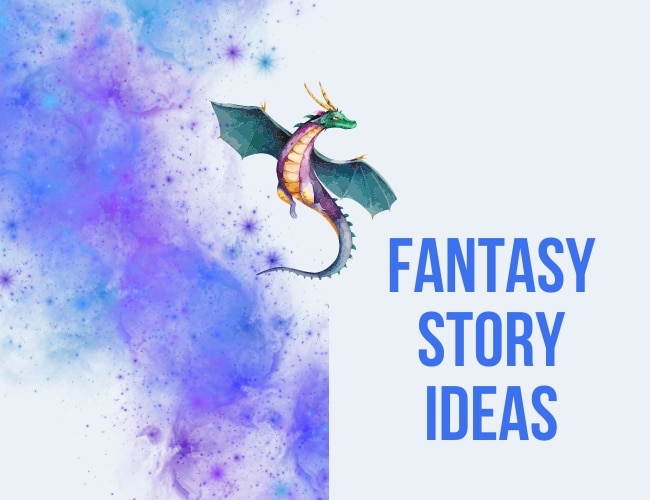
by Ruthanne Reid |
Fantasy as a genre includes a wide range of characters, quests, mythical creatures, and fantasy worlds. I love to escape everyday life in fantasy stories where there’s powerful magic coupled with compelling storytelling.
Here are twenty fantasy short story ideas to help you create your own!
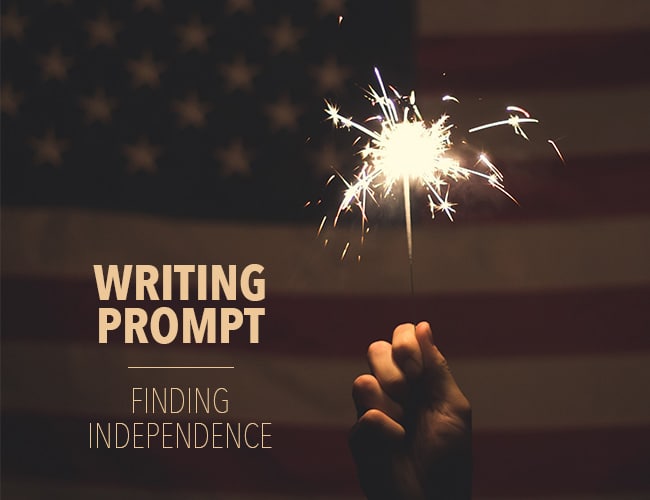
by David Safford |
We all long for independence. It’s hard-wired into the human spirit.
Perhaps this is because we all know what it feels like to be trapped. Have your circumstances ever penned you in? Have you ever been forced to look to something or someone else for sustenance, when you would rather be standing on your own feet?
That’s what today’s writing prompt is all about.
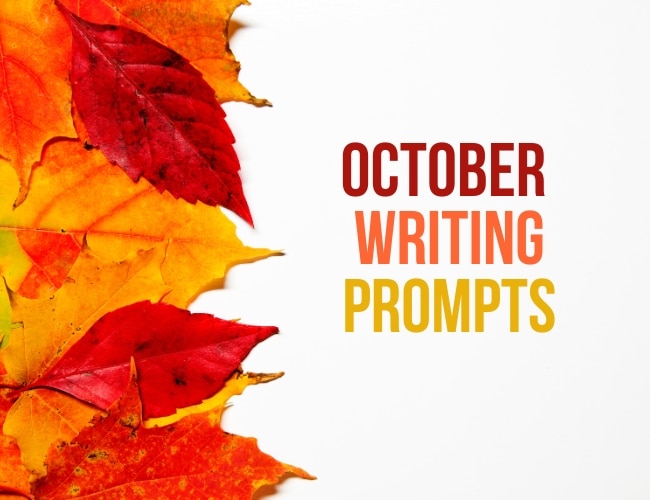
by Sue Weems |
Fall is in full swing here in the United States. If you are looking for some inspiration to take you through the month, check out our new list of October writing prompts!
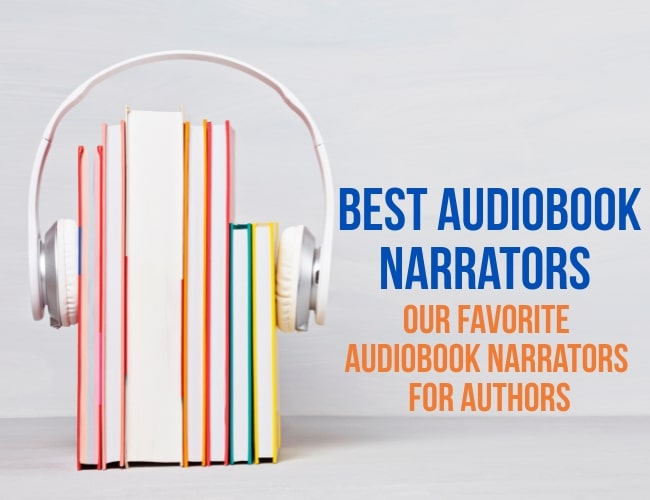
by Joe Bunting |
Getting an audiobook produced for your book opens up a whole new group of readers. In fact, about 26 percent of readers only listen to audiobooks, according a study done by the Library Journal. Which means, if you don’t have an audiobook, you’re losing readers. But how do you get an audiobook produced, and how do you choose the best audiobook narrator for your book?
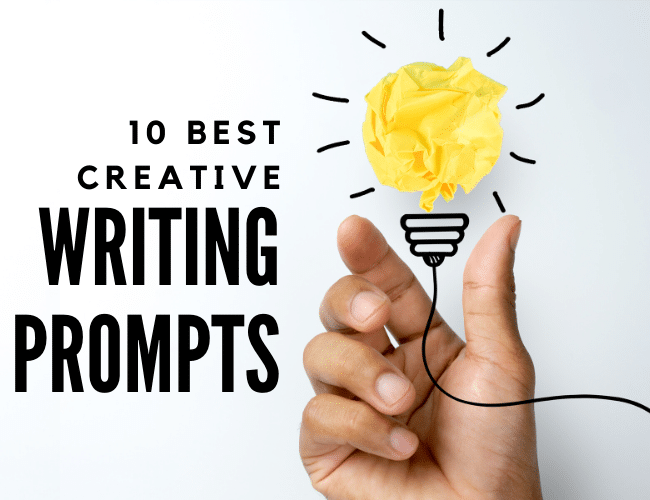
by Joe Bunting |
You get better at any skill through practice, and creative writing prompts are a great way to practice writing.
At the end of every article on The Write Practice, we include a writing prompt so you can put what you just learned to use immediately. And we invite you to share your writing with our community so you can get feedback on your work.
The Write Practice is more than just a writing blog. It’s a writing workbook, and we think it’s the best one on the Internet (of course, we’re a bit biased).





